
China’s Chang’e-6 Uncovers Secrets of Moon’s Far Side Soil
Chinese scientists decode the unique cohesiveness of lunar far-side soil from Chang’e-6 samples, revealing insights for future moon exploration.
News & Insights Across Asia

Chinese scientists decode the unique cohesiveness of lunar far-side soil from Chang’e-6 samples, revealing insights for future moon exploration.
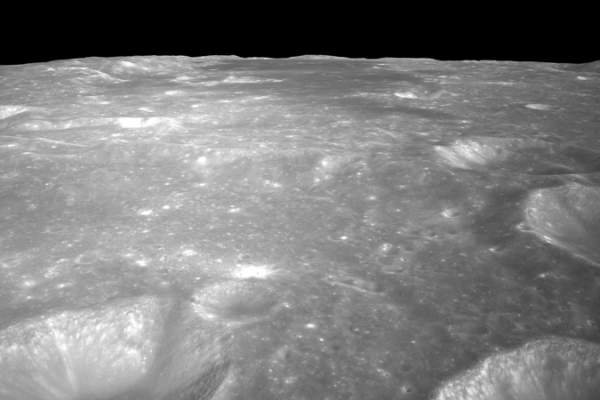
Chinese scientists identify hematite in Chang’e-6 lunar samples, challenging previous assumptions about the moon’s surface chemistry and evolution.
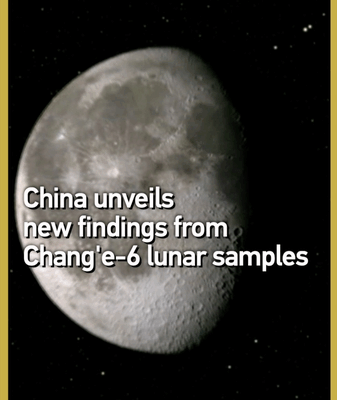
China’s Chang’e-6 mission reveals the moon’s far side mantle is cooler than the near side, offering new insights into lunar volcanic history and internal structure.
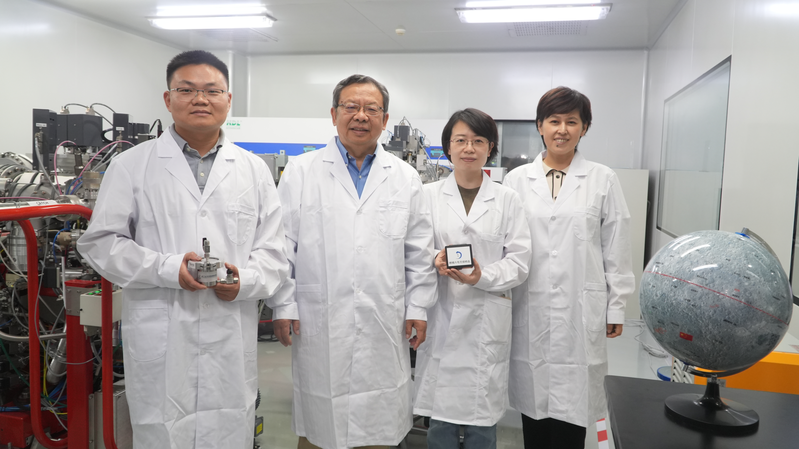
Chinese scientists reveal the moon’s far-side mantle is 100°C cooler than the near side, based on Chang’e-6 mission samples, reshaping lunar geological understanding.
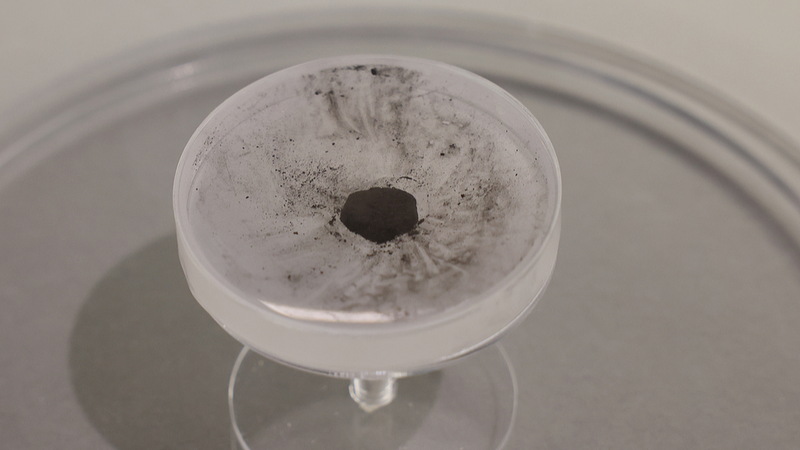
China’s Chang’e-6 mission samples date the Apollo Basin to 4.16 billion years, offering new insights into the moon’s early impact history and solar system evolution.
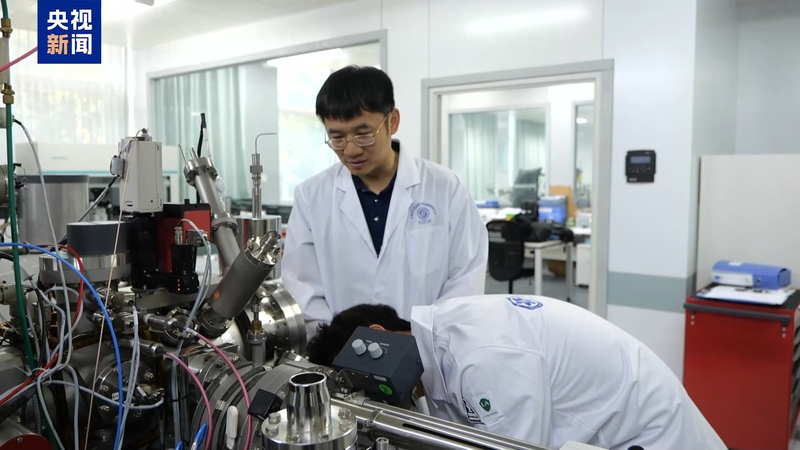
Chinese scientists uncover key differences in the moon’s mantle using Chang’e-6 samples, reshaping lunar evolution theories.
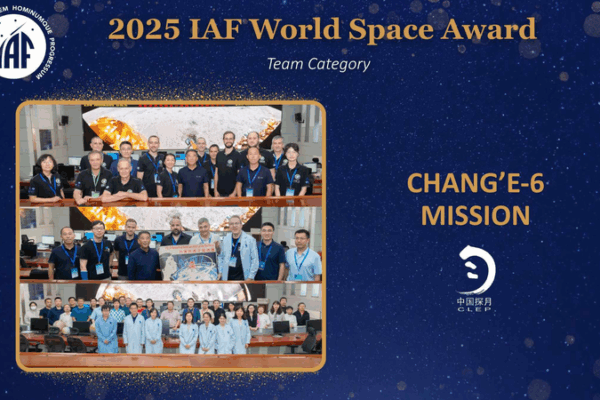
China’s Chang’e-6 lunar mission team receives top IAF honor for historic far-side sample return, boosting Asia’s space exploration leadership.
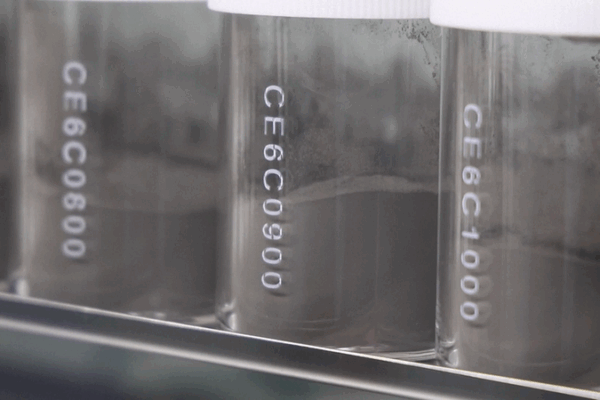
Chinese scientists unveil volcanic activity, ancient magnetic fields, and water content on the moon’s far side through Chang’e-6 samples, reshaping lunar science understanding.
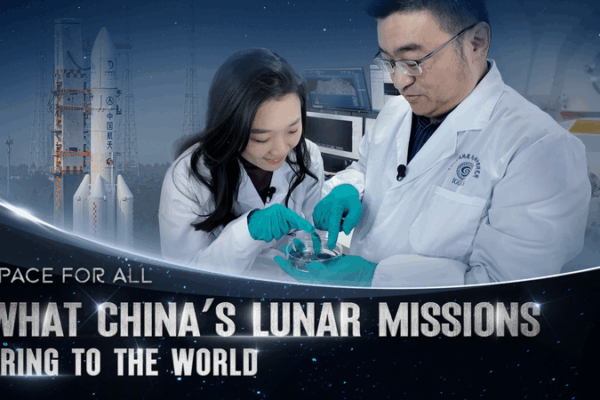
China’s Chang’e-6 mission delivers first far side lunar samples, offering unprecedented opportunities for global scientific discovery and space tech advancement.

Chang’e-6 lunar samples directly date the South Pole-Aitken basin at 4.25 billion years, anchoring the moon’s early chronology.
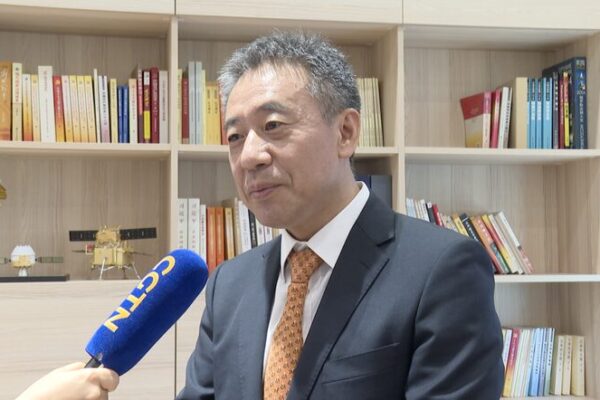
China’s CNSA is opening applications for Chang’e-6 lunar soil samples to scientists worldwide, promoting international collaboration in space exploration and future missions like the ILRS.